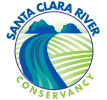Our Work
There are a variety of projects happening in the Santa Clara River Watershed through our organization and in conjunction with our partners.
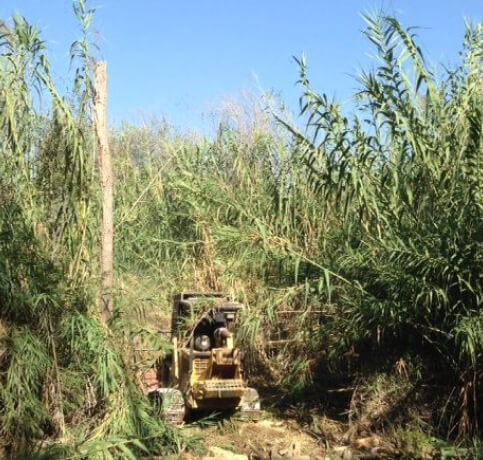
Invasive Species Management

Habitat Restoration
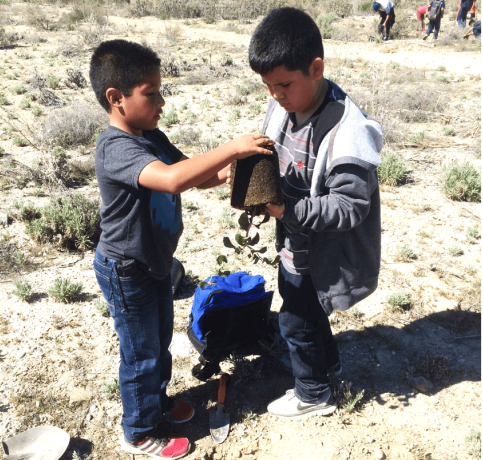
Education and Outreach
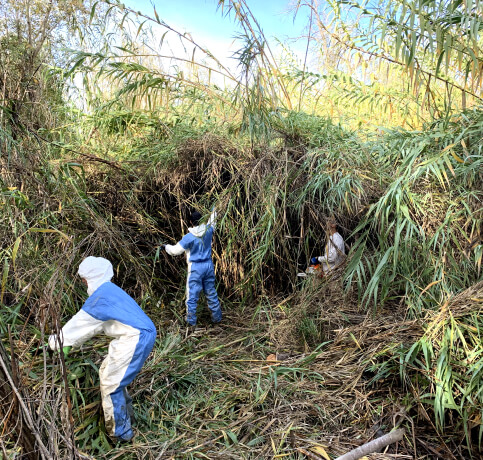
Invasive Species Management
For the various invasive species found in the Santa Clara River Watershed, we target the most prolific and accessible species for management.
Some techniques may require full removal using mechanical and chemical application or biocontrol agents. Other techniques may include boosting native species establishment using restoration and re-vegetation in some areas.
Below is a list of some specific invasive species found in the Santa Clara River Watershed today:
- Arundo donax – Giant Reed
- Tamarix sp. – Saltcedar
- Delairea odorata – Cape Ivy
- Salsola tragus – Russian Thistle
- Ricinus communis – Castor Bean
- Lepidium latifolium – Perennial Pepperweed
- Potamopyrgus antipodarum – New Zealand Mud Snail
- Dreissena rostriformis bugensis – Quagga Mussel
- Xenopus laevis – African Clawed Frog
Habitat Restoration
Restoration and re-vegetation in conservation work can look very different from place to place, during certain seasons of the year, and between the types of techniques used.
Organizations working to restore the Watershed use methods such as seed collection, seeding, planting, “pole cutting”, and irrigation.
Monitoring is always coupled with restoration to ensure that the methods used are the most effective for the area and resource requirements
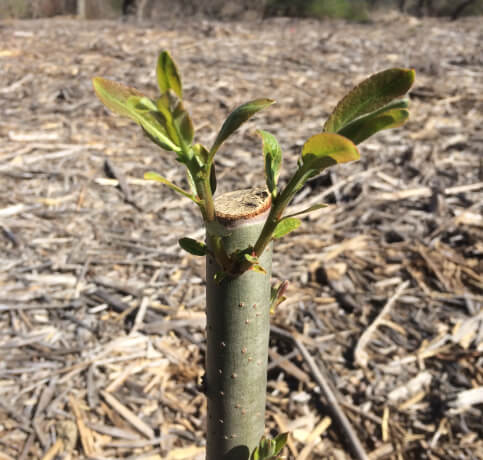
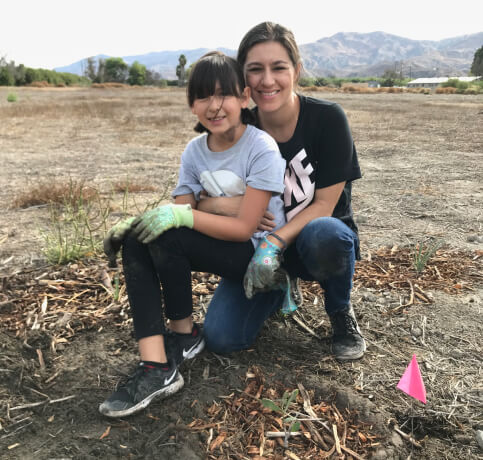
Education and Outreach
Part of our mission is to engage the public to be supportive of conservation of the Watershed. We also wish to inspire an appreciation for the resources and a conservation ethic in our youth.
We work with partners to reach out to schools and communities. We are always looking for grants that support environmental education and getting students out of the classroom to explore their river. Opportunities include:
- Volunteer events at a variety of sites along the river
- Presentations and lectures for classrooms
- Outdoor field trips
